The history of trees in PC gaming
Wood you join us as we look bark?
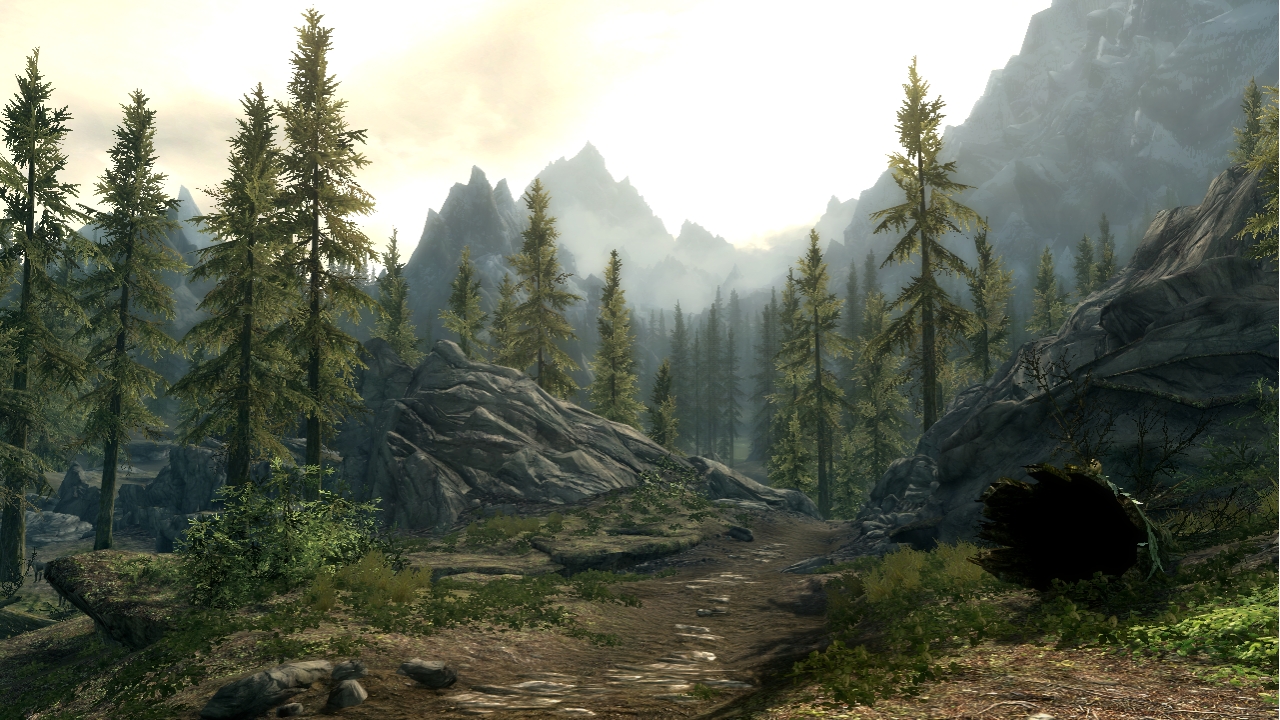
You can chart the progress of PC gaming in many ways: the force of a shotgun; the substance of dialogue; the scale of an RTS.
But behind all the obvious stuff, wafting leafily the background, is the humble tree. And trees are important. They tell us more about the inexorable march of progress than gunfeel ever could. Firstly, because they illustrate the lengths developers will go to immerse us in a game by adding extraneous detail we might ignore. And secondly, because ‘gunfeel’ isn’t even a word.
Join me, then—a digital lumberjack, armed only with a Collins Gem copy of All You Need To Know About Trees and 11 synonyms for wood—as we learn to tell frond from bough in the history of trees in games.
For more hot tree-based content, head over to James's piece on where trees come from in games, this piece ranking chopping down trees in survival games, Tim's ode to the trees in Firewatch, Chris painting 100 trees and this interview with a Skyrim modder photographing lots of trees. Holy what, why does this website like trees so damn much?
Early days: roots manoeuvre
Genus Maledictis
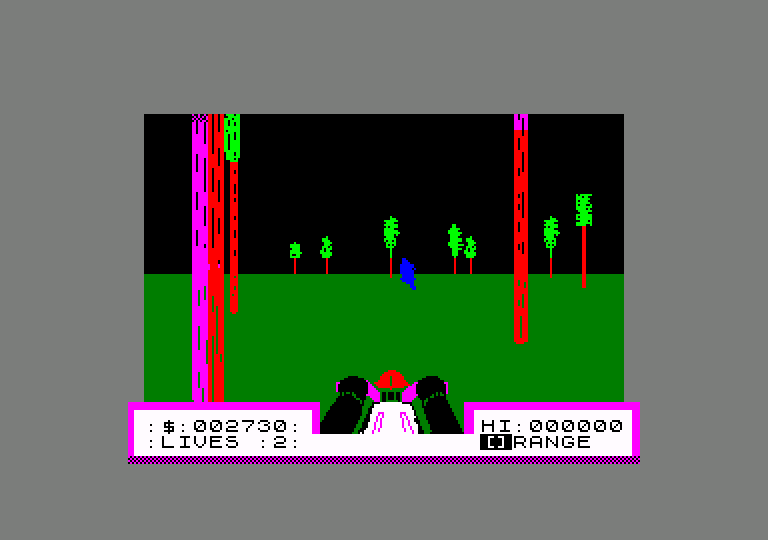
An interesting-to-someone-who’s-spent-too-long-looking side effect of the simplicity of early games is that trees are more than set dressing. In some titles, they’re the closet thing you have to an enemy. Examples of this go back to the ZX Spectrum. In 3D Deathchase, for example, you foolishly ride a motorcycle through a dense forest and trees are the only thing that can kill you; you’re not so much chasing death, as driving directly into it. The looming threat of these homicidal trunks is lessened somewhat by the fact they look like IKEA table legs, which also explains why my BJURSTA Extendable gives me night terrors. It was a formative time.
Pinus Chillaxus
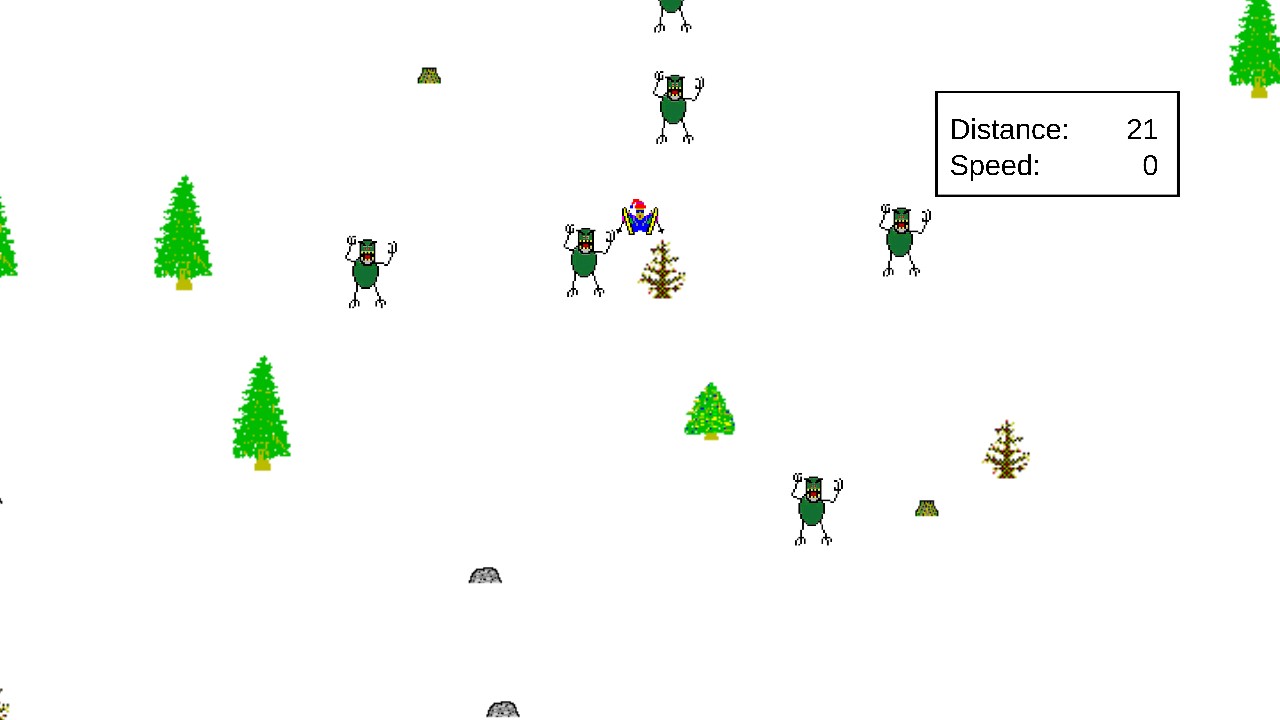
To find a PC-specific example of an early tree, we need to scamper forward to Skifree. Most of us remember it for that bastard yeti, but it’s likely trees were responsible for more anguish. They’re sad, mean, twisted little saplings that poke out of the snow, threatening to cut short your perfect slalom in an eruption of bark and shattered bone. They resemble a prison tattoo of a child’s drawing of a tree, and are more memorable and threatening for it. If it isn’t already there, burn this image into your mind right now—we’ll need it to compare with The Witcher 3 later on.
The '90s: Copse Out Conflictus ridiculam

As graphics improved during the '90s, the gaming tree burst into life: think of this like blossom season, with the swollen buds emerging into a fantasy of colour and shape (so long as the colour is green and the shape is treeish). Lovely 2D foliage is everywhere, but 1993’s Cannon Fodder can be singled out for being so absurdly generous with its jungle. Even the box art is aggressively green, like it wants to fight you for not being made of leaves. At the time, snaking between those lurid branches felt like being in Platoon. And then there’s Mortal Kombat 2’s living forest, which brought trees literally to life in 1995. You could argue this planted the seed for other lumber-based elements in fighting games—like Tekken’s possessed wooden training dummy, Mokujin, or Forest Law—but only if you’d spent too long researching trees in games.
Keep up to date with the most important stories and the best deals, as picked by the PC Gamer team.
Prunus puzzlus
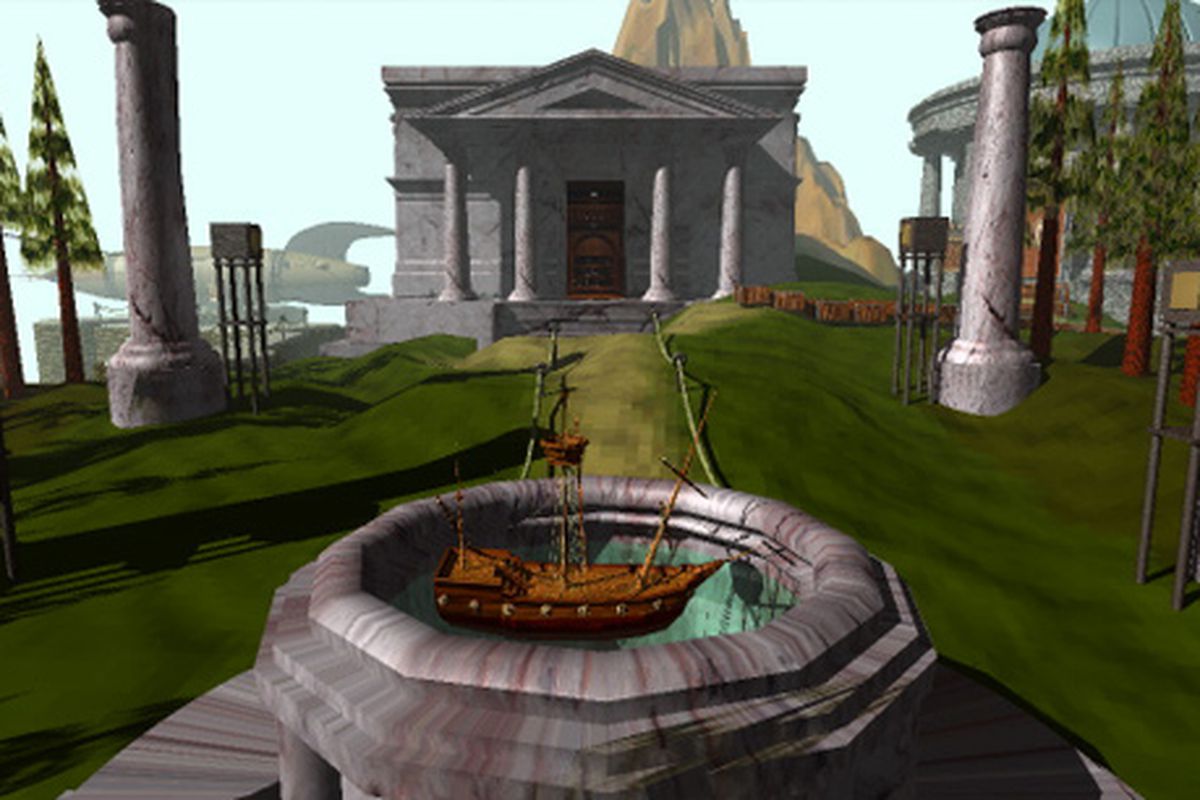
‘Enough of your 2D fronds, you bunterish copse enthusiast!’, you probably cry. And you’re correct to do so. We need to examine 3D trees to understand how far we’ve we’ve still got to go, and Myst gives us a useful example. Now, Myst is a pretty game. But the trees here look more like wizards’ hats than actual foliage, and that’s a different feature altogether. Rocks, buildings, skies: all wonderful. But if you want realistic woodland, you’re going to have to wait, or click onto the next page.
Elsewhere, we’ve got the likes of The Elder Scrolls II: Daggerfall. Its leafy illustrations look smart, but they are all suspiciously similar. This is a great place to take stock, though. No series demonstrates coppice development quite like the Elder Scrolls. It’s the gaming equivalent of Understanding Tree Improvement 101 (if we ignore the brief diversion to the Mushroom Kingdom in Morrowind). We’ll come back later.
Turok: 1997’s Dinosaur Hunter was also impressive. Looking back, it felt like you were pushing past endless fronds in thick jungle. But 21 years later, those palms look rather lonely poking out of that misty landscape, like Jurassic Park via Silent Hill.
Bellum Blowupem
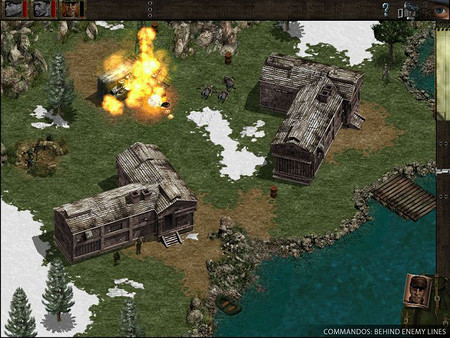
And while we’re still in the 90s, let’s stop off at Commandos: Behind Enemy Lines. This provides a great contrast to the snotty green smears of Cannon Fodder, and puts five years of progress into context. The variety of greenery is impressive enough to recall the tiny trees available at those quietly sinister model train shops. We’re not at the actually-looking-like-real-trees stage of development yet; but they do look like models of actual trees, and that’s something.

